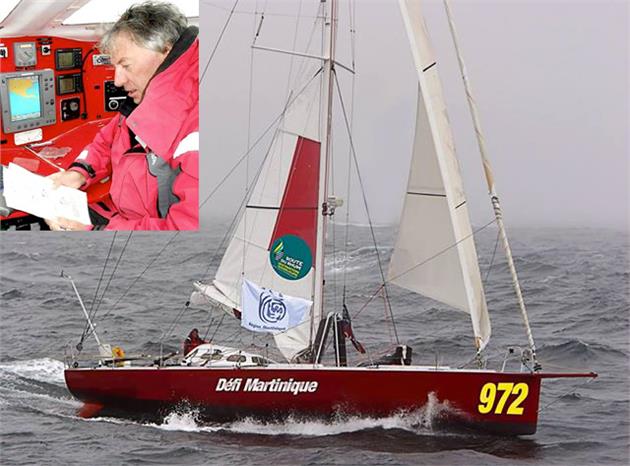How to Choose Solar Panels in Ghana will always be a major question . This is due the the wide assortment of varieties available and the lack of expertise in this specialized area of electrical energy.Solar panels provide renewable energy for your home, which helps the environment and reduces your electricity bill. But not all panels are alike. The material a panel is made of, what solar inverter it uses, and how it mounts to your roof determines what environments it works best in. Before you buy solar panels for your home, research the different factors and decide which option is right for you in Ghana.
Ghana has an average effective sunshine of 5.5 hours daily .As a considerable investment, it’s worth evaluating a solar power system for your home before have it installed. Doing your research and seeking professional advice can help you to make an informed decision. Here are a couple of other things to consider before making the change:
Types of Solar panels in Ghana
There are different types of solar cells, with different efficiencies. Although their names might sound confusing, it is good to know at least the name not to be out-of-topic if your supplier happens to mention this.Popular solar panel brands in Ghana include ,Jinko solar,Victron Energy,TrinaSolar LG,Yingli, and Canadian Solar.Its however important to seek the advice from a professional as there are many knock offs or fake products on the Ghana market.
Monocrystalline silicon offers high efficiency and good heat tolerance characteristics with a small footprint. Polycrystalline (or multi-crystalline) silicon cell based solar panels are now the most popular choice in Ghana’s residential installs. There are also Amorphous (or thin-film) silicon cells, which use the least amount of silicon and are not very efficient. For an equivalent wattage, a crystalline panel will be smaller than an amorphous panel.

monocrystalline solar panels in Ghana installed on a rooftop
Choose monocrystalline solar panels for efficiency. Monocrystalline solar panels are the best at converting light to energy because of their high silicon purity. That being said, monocrystalline solar panels are often the most expensive—this option is best if you want the highest productivity and price tag.
- Monocrystalline solar panels cost between $150-350 USD per panel.
- Monocrystalline solar panels also produce the most waste when they’re manufactured. If you’re buying solar panels to go green, another material may suit your needs better.
- All solar panels are made of silicon. The higher the silicon purity, the better your panel will work, which is why monocrystalline solar panels in Ghana are ideal.
Go with polycrystalline solar panels for an environmentally-friendly option.Polycrystalline solar panels utilize all of the silicon material they’re manufactured with, making them the “greenest” panel option. Polycrystalline solar panels are also cheaper than mono crystalline panels, though they are about 2% less efficient than Mono crystalline.
- Polycrystalline solar panels in Ghana usually cost between $100-250 USD per panel.
- other school of thought claim that Polycrystalline solar panels do not do as well in warm temperatures and that Hot climates with temperatures regularly above around 80 °F (27 °C) are not suitable for polycrystalline panels.This may be true depending on the installation technique utilized.Its important to allow steady air flow underneath the solar panels to produce cooling effect.
Buy thin-film solar panels for the most budget-friendly option. Thin-film panels are cost-efficient to make and are usually the cheapest option. They also, however, degrade faster than other panels. Choose thin-film if you need a simple solar panel that may need more repairs over the years.
There is also another variation called solar cloth i.e photovoltaic textiles we have developed are as thin as bank notes and flexible enough to wrap around a pencil, which allows their use on virtually any type of surface
- Thin film solar panels usually cost between $125-200 USD per panel.
- Thin-film panels usually need the most space and are less practical for smaller homes. They may need up to twice as much room as a mono- or polycrystalline solar panel with the same energy output.
Buy amorphous solar panels for smaller homes
Amorphous solar panels are a subset of thin-film solar panels. Generally, they are smaller than other thin-film panels. Through a process called “stacking,” which involves multiple layers of amorphous silicon cells, these panels can reach high levels of efficiency, around twice as high as other thin-film solar panels.
- Amorphous solar panels are more expensive than other thin-film panels.
- Amorphous solar panels generally cost between $100-200 USD per panel.



